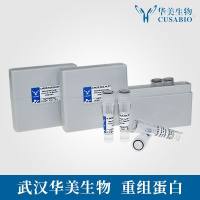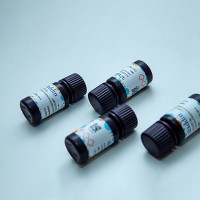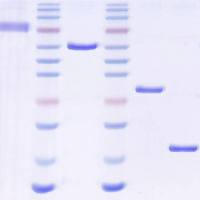Small Amplified RNA-SAGE
互联网
764
Serial analysis of gene expression (SAGE) is a powerful genome-wide analytic tool to determine expression profiles. Since its description in 1995 by Victor Velculescu et al.1 , SAGE has been widely used. Recently, the efficiency of the method has been emphasized as a means to identify novel transcripts or genes that are difficult to identify by conventional methods. SAGE is based on the principle that a 10-base pair (bp) cDNA fragment contains sufficient information to unambiguously identify a transcript, provided it is isolated from a defined position within this transcript. Concatenation of these sequence tags allows serial analysis of transcripts by sequencing multiple tags within a single clone. Extraction of sequence data by computer programs provides a list of sequence tags that reflect both qualitatively and quantitatively the gene expression profile. Several modifications to the initial protocol allowed to start from 1 μg total RNA (or 105 cells). In order to reduce the amount of input RNA, protocols including extra polymerase chain reaction (PCR) steps were designed. Linear amplification of the mRNA targets might have advantage over PCR by minimizing biases introduced by the amplification step; therefore we devised a SAGE protocol in which a loop of linear amplification of RNA has been included. Our approach, named “small amplified RNA-SAGE” (SAR-SAGE) included a T7 RNA polymerase promoter within an adapter derived from the standard SAGE linker. This allowed transcription of cDNA segments, extending from the last Nla III site of transcripts to the polyA tail; these small amplified RNAs then serve as template in a classical (micro)SAGE procedure. As the cDNAs are immobilized on oligo(dT) magnetic beads, several rounds of transcription can be performed in succession with the same cDNA preparation, with the potential to increase further the yield in a linear way. Except for the transcription step itself, the present procedure does not introduce any extra enzymatic reaction in the classical SAGE protocol, it is expected to keep the representation biases associated with amplification as low as possible.








